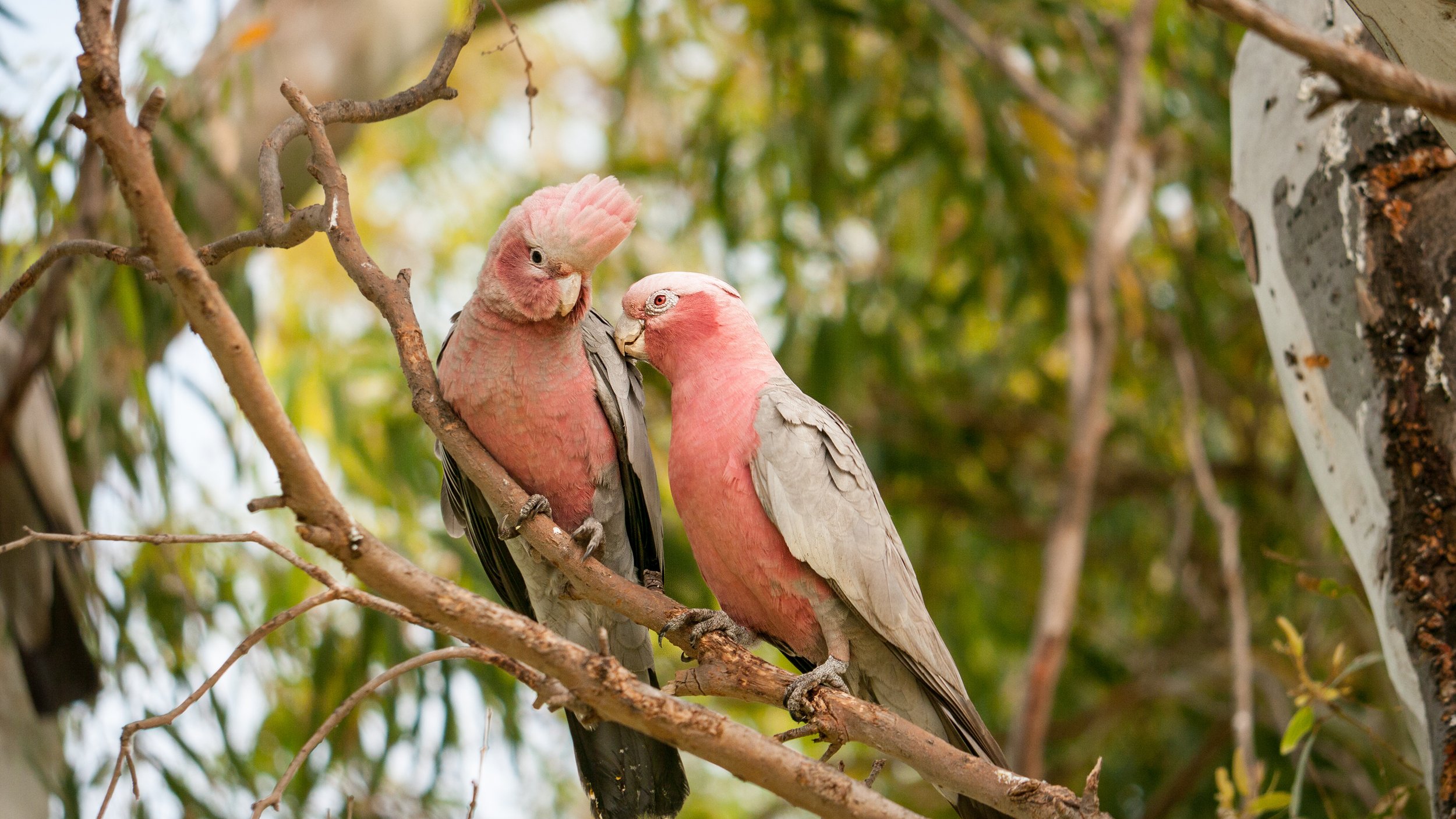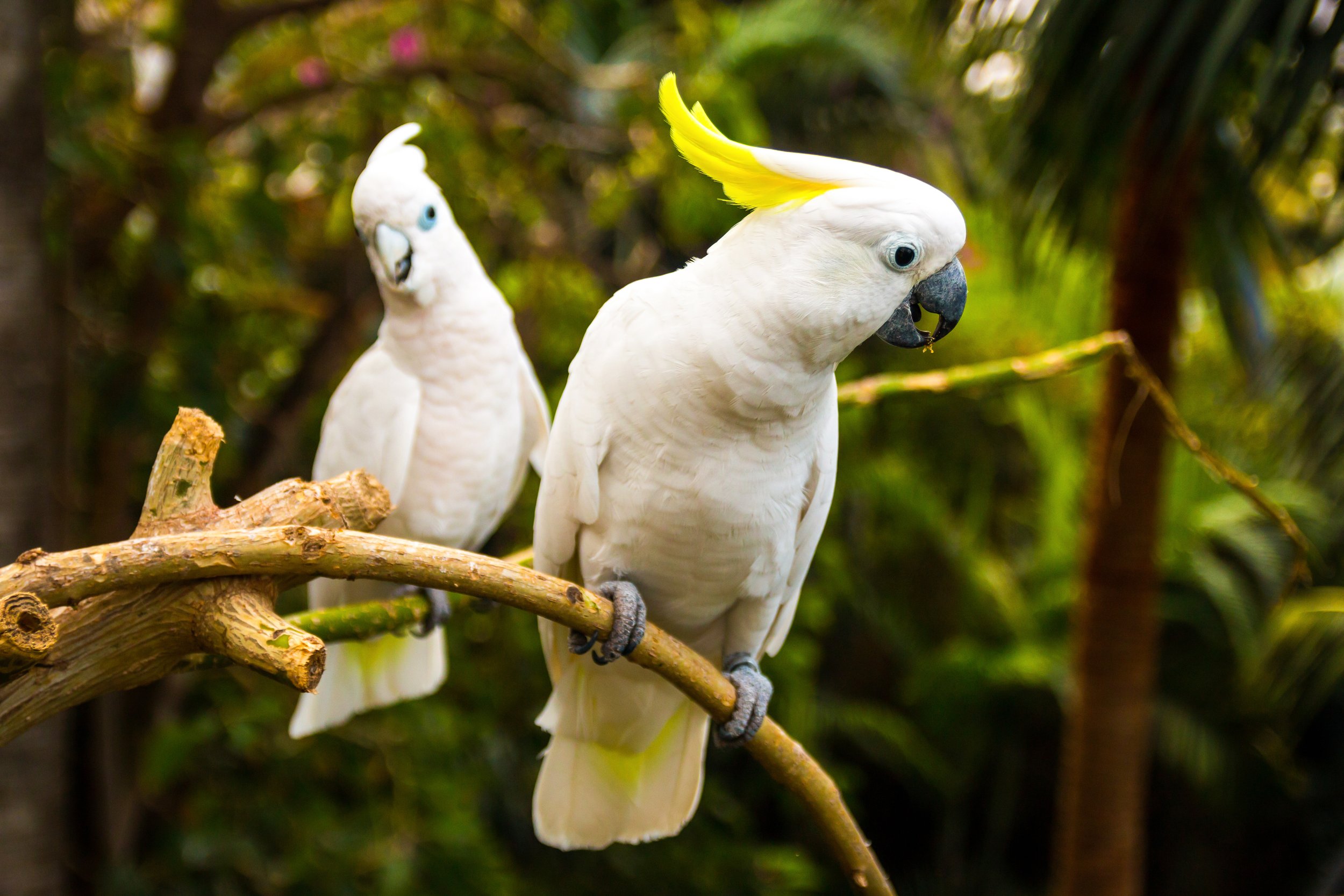
Bird persecution
Birds are found in almost every type of environment across Australia, and consequently are often considered to be excellent indicators of the overall health of the environment. Playing a variety of ecological roles, including predators, scavengers, seed dispersers, seed pollinators and ecosystem engineers, they are vitally important to the broader environment.
Sadly, numerous native Australian birds are at risk, facing a variety of dangers including urbanisation and farming expansion, both destroying viable habitat and food sources, as well as lethal persecution when they come into contact with either.
Why are they targeted?
Native birds seen to be competing with, or causing nuisance to, human profit-driven industries, or impacting infrastructure, are commonly ‘controlled’ in highly unethical and inhumane ways throughout Australia.
More than 20 species of birds are persecuted for posing a ‘risk’ to the profitability of a range of crops in the cereal, horticultural, and aquaculture industries in Australia. This is compacted by continued loss of habitat and food sources to make way for industry expansion.
Current utilised methods to ‘control’ birds sees them subjected to shooting, poisoning, trapping, scaring devices, chemical repellents, habitat manipulation, and exclusion netting.
Not only do these methods cause detriment to our precious bird populations, they also pose a risk to our communities, and other non-target wildlife too. Tragically, these methods also often result in a catastrophic injury, or a slow and painful death for wildlife.
The targeting of native birds is, in many cases, ineffective. Birds are highly intelligent creatures, and are able to adapt to deterrent solutions swiftly. These current methods are also costly, having a negative impact on businesses productivity.
Cruel and inhumane methods
Shooting
Shooting is a method utilised to scare, or kill, birds who are considered a nuisance.
Shooting is said to be used as a scaring method to ‘train birds to associate the sharp, sudden noise with real danger and subsequently, a fear of humans and human activity”. However, this has consistently been proven ineffective, as birds are extremely smart and habituate to loud noises quickly. This method poses a significant risk to seriously injuring or killing birds in the vicinity.
Shooting as a lethal method has also been found to be ineffective in achieving long term reductions in bird numbers or associated damage, as well as being labor intensive.
The accuracy of shooting as a ‘control’ method solely depends upon the skill and judgment of each individual shooter, which varies from shooter to shooter. Sadly, this can often result in birds being left wounded, suffering for long periods before eventually dying. In some cases shooters, use dogs to recover injured birds and kill them.
Human error in shooting
Trapping
Trapping is one method used to ‘control’ birds, though these traps are not target specific and pose a risk to other birds and naive animals in the environment. There are a variety of traps utilized to capture wild birds, who are killed once someone returns to the trap.
-
These traps attract birds into the cage with a lure such as food or other birds, once a bird enters the trap, a door is activated and closes them inside the cage. Birds can be exposed to attacks from predators whilst they are held in the traps.
-
These traps rely on a string, which throws a net over an area or closes a door of a cage. Some of these traps are triggered by birds, whilst others require a person to trigger the spring.
-
This trap has a V shaped upper entrance, allowing birds to enter the trap, leaving them unable to exit. These traps have the capacity to trap numerous birds at once.
-
Mist nets are fine nylon or polyester nets, which are suspended between two upstanding posts. Birds fly into, and become trapped in, the net until someone comes to remove them.Item description

Cruel and inhumane killing methods
-
Cervical dislocation refers to separating a bird's skull and brain from their spinal cord by use of force. This damages the brain stem, which is responsible for heart activity and respiration. This stops their breathing and reduces blood flow to their brain, leading to death. According to pestsmart “studies on rats have shown that electrical brain activity can persist for around 13 seconds following cervical dislocation. This may represent a period of remaining consciousness”.
-
Birds killed by this method are put into a chamber that is then filled with 70% CO2, causing them to lose consciousness. Eventual death is caused by depression of the central nervous system, respiratory and heart functions. The use of such chambers on farmed animals has revealed that birds can struggle to breathe for extended periods before losing consciousness when killed this way.
-
The use of barbiturate acts to depress the bird's nervous system, causing them respiratory and cardiac arrest.
-
Carbon monoxide is sometimes used to kill captured birds, despite presenting significant workplace health and safety concerns. When inhaled the carbon monoxide binds to the hemoglobin in their red blood cells, which has an affinity 250 times that of oxygen. This causes a reduction in their bodies ability to deliver oxygen to the cells. This eventually leads to unconsciousness and death. According to PestSmart: “compressed bottled gas as well as cooled and scrubbed exhaust from non-vehicular petrol engines without catalytic converter are acceptable sources of carbon monoxide.”
Impact on dependent chicks
In some cases, birds who are injured or killed due to these methods have chicks back in a nest, the death of their parents can lead to their chicks dying from starvation and predation when their parents are not around to feed and protect them from danger.
According to PestSmart “if trapping must occur during nesting season, reasonable efforts should be made to find nest hollows containing young birds so they can be killed”. For chicks who are located, killing methods include inhalation of carbon dioxide, cervical dislocation, decapitation, and blunt force trauma (a blow to the head with a heavy object).

Targeted species
Just some of the native species targeted as they are perceived to be a nuisance
-

Sulphur-crested cockatoo and little corella
Persecuted for feeding on ripening sunflower crops, fruit and nut crops.
-

Galah
Persecuted for feeding on germinating cereal crops.
-

Pigeon
Persecuted for roosting sites causing fouling damage (from build-up of faeces) in urban areas.
-

Crows and ravens (corvids)
Persecuted for consuming fruits and grains and predating upon sick, dying or mis-mothered lambs.
Cherrp is an innovative organisation dedicated to research and design of new technologies for birds (and other wildlife). The Cherrp solution identifies the species of bird present and designs a communication recipe in response to deter the bird with effective results. This method significantly reduces habituation.
Cherrp organic communication driven by AI has had great success with some species of parrots and will continue expanding this foundation technology to other species too.
Kinder, non-lethal alternatives to support co-existence
Excitingly, as well as providing an ethical alternative to deter birds, Cherrp has also created the Alternate Feeding, Roosting, and Recreation Location (AFRRL) system, which is a purpose-fit location designed to support the bird species. This ensures they have an area to permanently relocate to, which will ensure effectiveness in a way that helps conserve and protect our wildlife.






